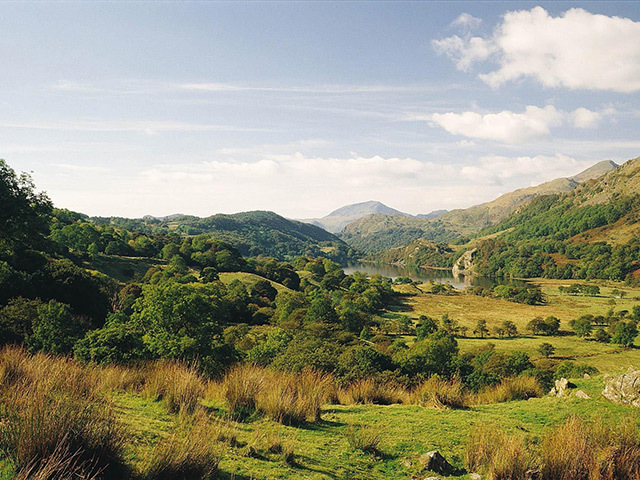
The National Trust has switched on its first large-scale renewable energy scheme to sell green power to the grid.
A new trading company has been set up by the Trust to sell electricity from renewables projects, with the money raised going into conservation work such as repairing footpaths and managing important habitats, the charity said.
The first large-scale renewable project is a hydropower turbine installed on a river at the charity’s Hafod y Llyn farm on the side of Snowdon. Electricity from the scheme will be sold via the grid to the National Trust’s energy partner Good Energy.
The turbine is expected to generate 1,900 megawatt hours per year, more electricity than is needed to light up all of the Trust’s properties in Wales, including eight mansions, three castles and 45 holiday cottages, or enough to power around 445 homes.
Hafod y Llyn farm, from where the Watkins Path leads up to the summit of Snowdon, was bought for the nation with a campaign spearheaded by Sir Anthony Hopkins in 1998.
The Trust said the hydro-scheme ensured a sustainable future for the property.
Patrick Begg, rural enterprises director at the National Trust, said: “We’re lucky to be blessed with an abundance of natural resources that we look after for the benefit of the nation.
“Now with this new trading company we can harness some of the power generated by nature to help fund our conservation work.
“However, the real prize for us as the UK’s largest conservation charity is that we are helping to protect special places forever by creating sustainable energy solutions that work in complete harmony with our natural and historic heritage.”
The National Trust already has more than 250 small and medium-scale renewable energy schemes at properties across England and Wales, including biomass boilers for heating castles and solar panels on stately homes.
And a plan was launched last year with Good Energy to provide clean energy to 43 historic properties, beginning with five pilot projects involving a marine source heat pump, two biomass boilers and two hydropower turbines, in addition to the Hafod y Llyn scheme
The Trust hopes that installing appropriately-sited renewables and energy conservation measures will help it cut energy use by a fifth, halve fossil fuel use and generate half its energy from renewables by 2020, as well as save £4 million a year in energy costs.
But as a charity, the Trust is unable to sell excess power generated by hydropower schemes, and has set up a trading company, National Trust (Renewable Energy) Ltd, to sell electricity to invest in conservation work.
Juliet Davenport, founder and chief executive of Good Energy, said: “This is a fantastic project and shows renewables and conservation working hand in hand.
“I’m sure our customers are going to be really pleased that some of our power will come from National Trust hydro sites, and maybe they’ll go see them in action over the summer.”
Recommended for you
